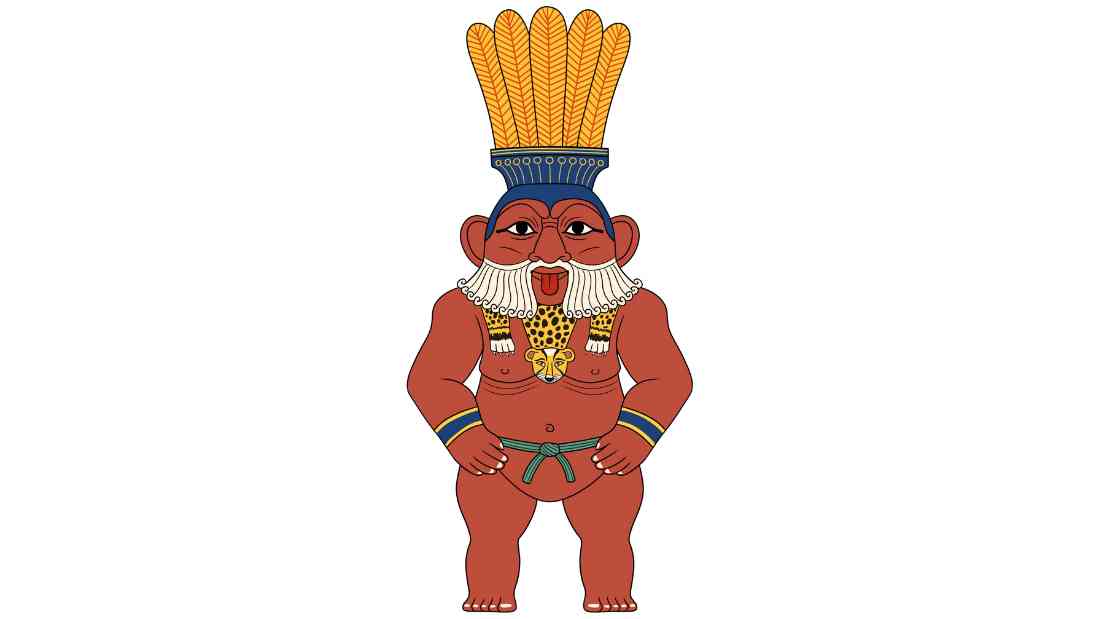The ancient Egyptian god Bes is believed to have originated during the earliest dynasties of ancient Egypt, dating back to around 2686 BCE. His distinctive appearance as a dwarf with leonine features, including a mane and ears, set him apart from other deities of the time.
His benevolent and watchful nature made him an ever-present symbol of protection and comfort within the domestic sphere. The ancient Egyptians believed that by invoking the presence of Bes, their homes would be shielded from malevolent forces and calamities.
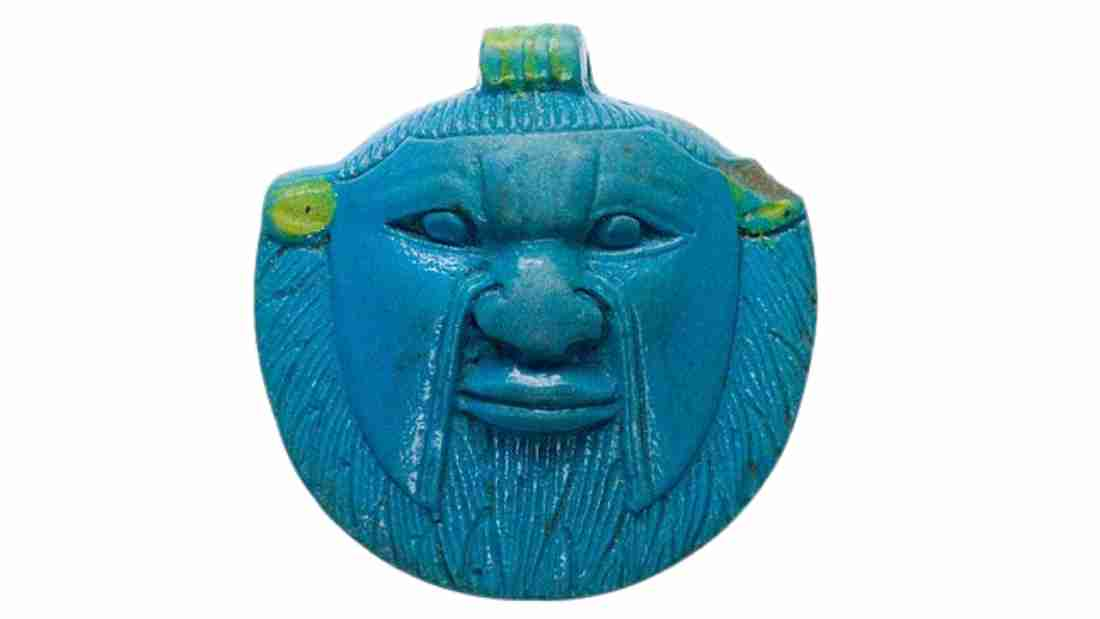
Protector of Households and Mothers
One of Bes’s primary roles was that of a guardian deity, particularly revered for his protective influence over households and mothers.
Intricately carved amulets depicting Bes were widely used by women during childbirth. These talismans were believed to possess potent abilities to ward off evil spirits and ensure a safe and auspicious delivery.
The presence of Bes in the form of these amulets provided a source of reassurance and strength for expectant mothers, underscoring his significance as a deity intimately involved in the cycle of life and renewal.
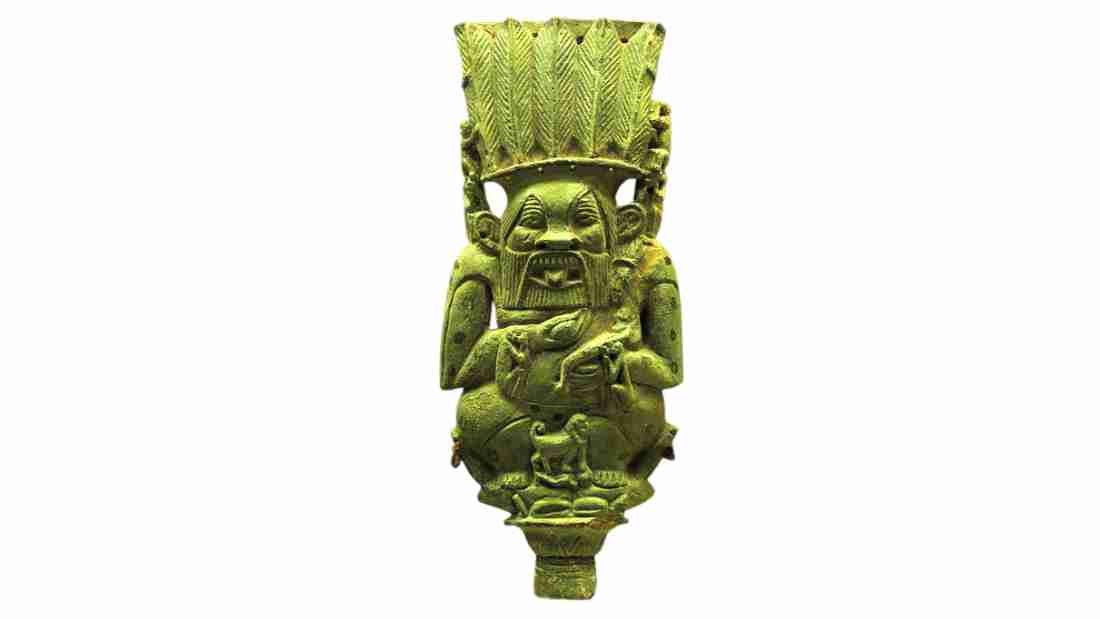
Bes’s protective influence extended beyond the realm of childbirth, encompassing all facets of family life. He was venerated as a defender of children, a preserver of marital harmony, and a custodian of the familial bond.
The endearing image of Bes adorned the walls of homes throughout ancient Egypt, imparting a sense of security and well-being to its inhabitants.
Whether carved into household items, painted on pottery, or depicted in murals, the representation of Bes served as a constant reminder of divine protection and benevolence.
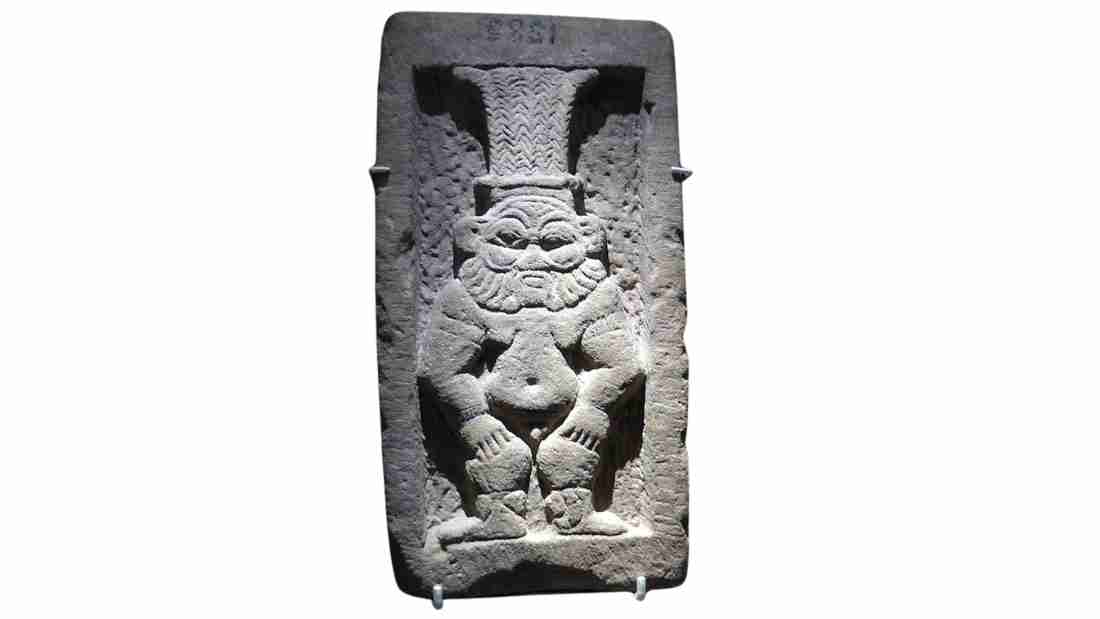
The Celebrated Entertainer
With a visage often depicted in a wide, infectious grin and a posture ready for merrymaking, Bes was an icon of pure joy. He was not only respected but also dearly loved for his associations with laughter and good cheer.
His portrayal in this light-hearted role made him accessible and relatable – a friend to all who sought happiness and relief from the hardships of everyday life.
Music was a divine conduit through which the ancient Egyptians connected with their gods, and Bes was the maestro of these celebrations.
Instruments such as tambourines and lyres were often illustrated alongside Bes, suggesting not just his patronage over musicians but his active participation in creating music that stirred the soul and moved the body.
Bes’s embodiment of dance further highlighted his importance during rites and festivals. His image encouraged even the most reserved to cast aside inhibition and join in communal dances that symbolized unity and shared joy.
The legacy of Bes as an entertainer was immortalized in the cultural artifacts of ancient Egypt. From frescoes to pottery, depictions of the god reflect not only his role as a guardian and protector but also as the champion of enjoyment and pleasure.
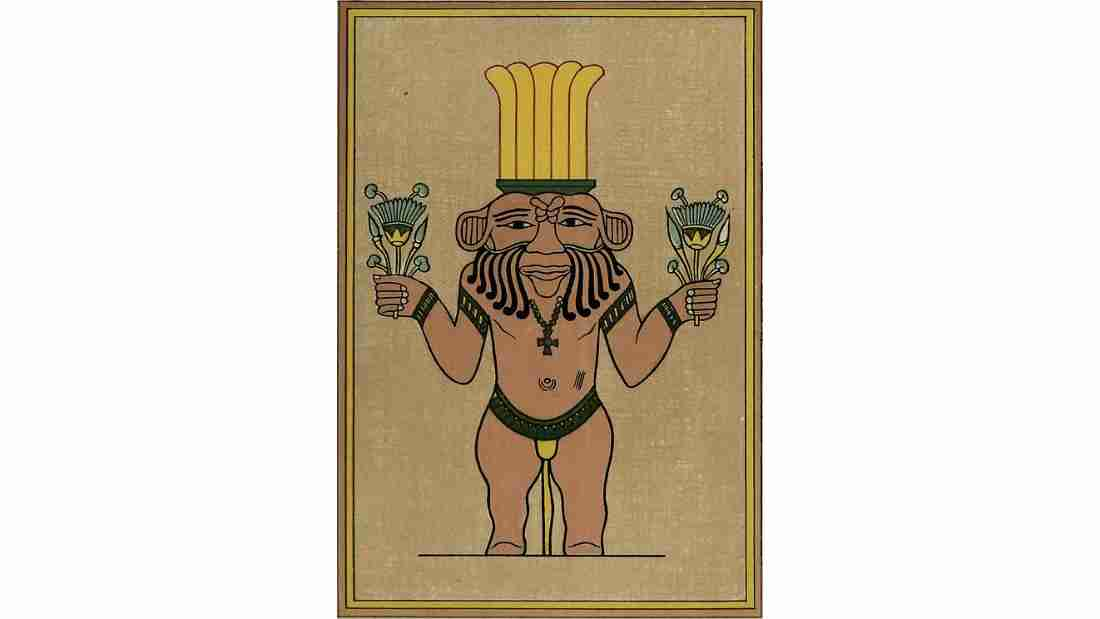
Conclusion
The enigmatic god Bes remains a compelling and endearing figure within the realm of ancient Egyptian mythology. His dual role as a protective guardian and a source of joy and merriment reflects the intricate tapestry of beliefs and values held by the ancient Egyptians.
Posts About the Egyptian Pantheon of Gods
The Pantheon of Ancient Egyptian Gods – A Comprehensive Guide
The Wrath of Montu – The Mythology of the Egyptian War God
Egyptian God Ammit – The Eater of Hearts in Ancient Egyptian Mythology
The Nightly Journey of Khonsu – The Ancient Egyptian God of the Moon
Ihy – The Joyful Ancient Egyptian God of Music
Min – The Ancient Egyptian God of Fertility
The Egyptian God Anubis – His Evolution from Son of Ra to Protector of the Dead
Unraveling the Mysteries of Babi – The Ancient Egyptian Baboon God
Ra, the Egyptian Sun God – Symbolism and Significance in Ancient Egyptian Culture
Sobek: The Ferocious Crocodile God of Ancient Egypt
The Enigmatic Mythology of Horus, the Egyptian Sky God
The Egyptian God Set – Protector of the Desert and Lord of Conflict
The Ancient Egyptian God Medjed: The Guardian of Osiris and the Afterlife
Anput, the Wife and Female Version of Anubis
Selket – The Scorpion Crowned Egyptian Goddess
Shu – The Egyptian God of Air, Wind, Peace and Lions
Hapi the Androgynous Ancient Egyptian God of the Nile
The Egyptian Sky Goddess Nut: Myth and Symbolism
The 42 Laws of Maat: The Moral Principles of the Ancient Egyptians
The Ancient Egyptian Goddess Mut: The Maternal Power in Egyptian Mythology
The Warrior Goddess: Neith in Ancient Egyptian Mythology
The God Bes: The Joyful Dwarf Deity in Ancient Egyptian Culture
The Egyptian Gods of Love: Hathor and Isis in Ancient Egyptian Mythology
Confronting the Serpent: The God Apep, the Nemesis of Ra in Egyptian Myth

